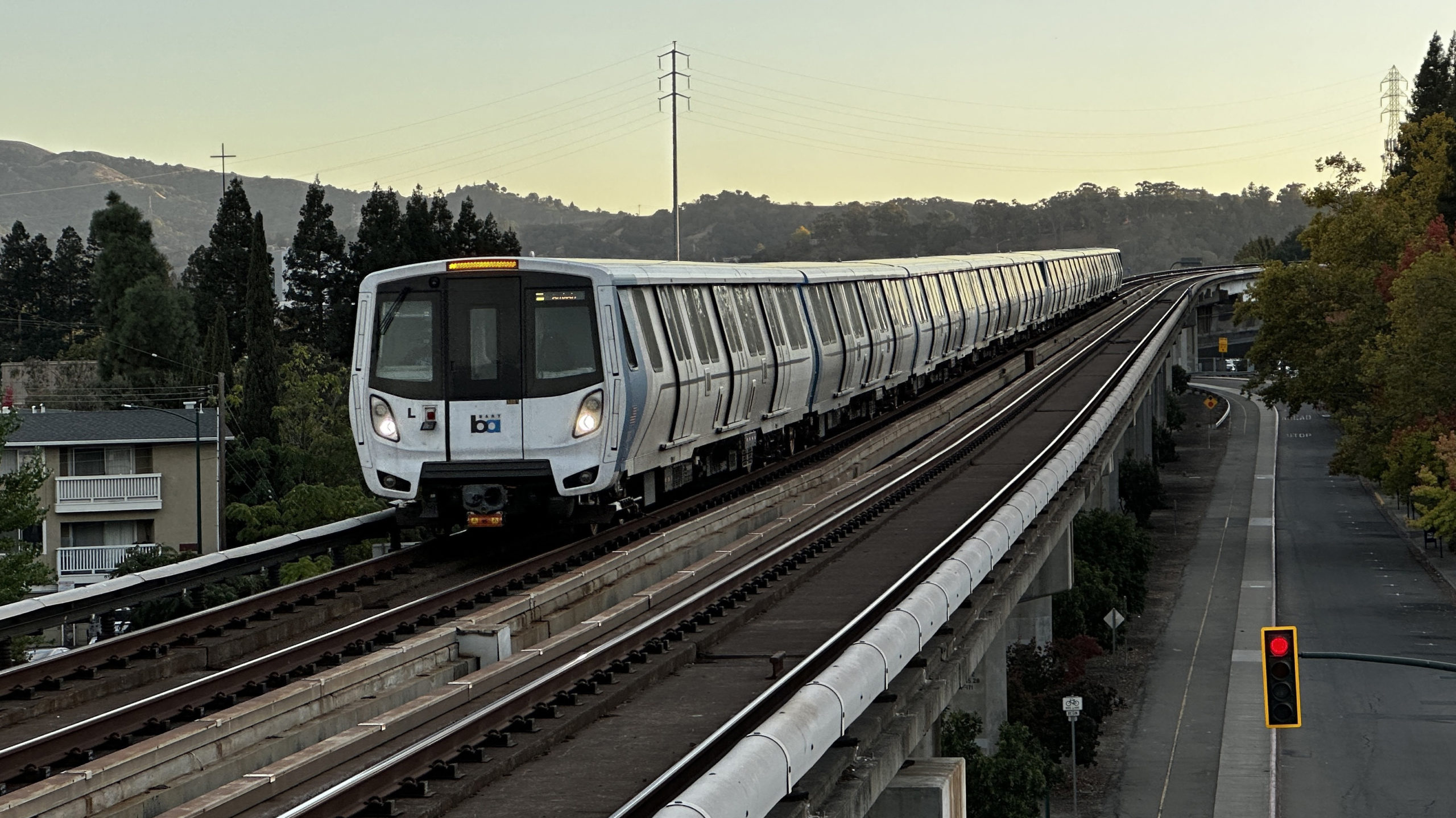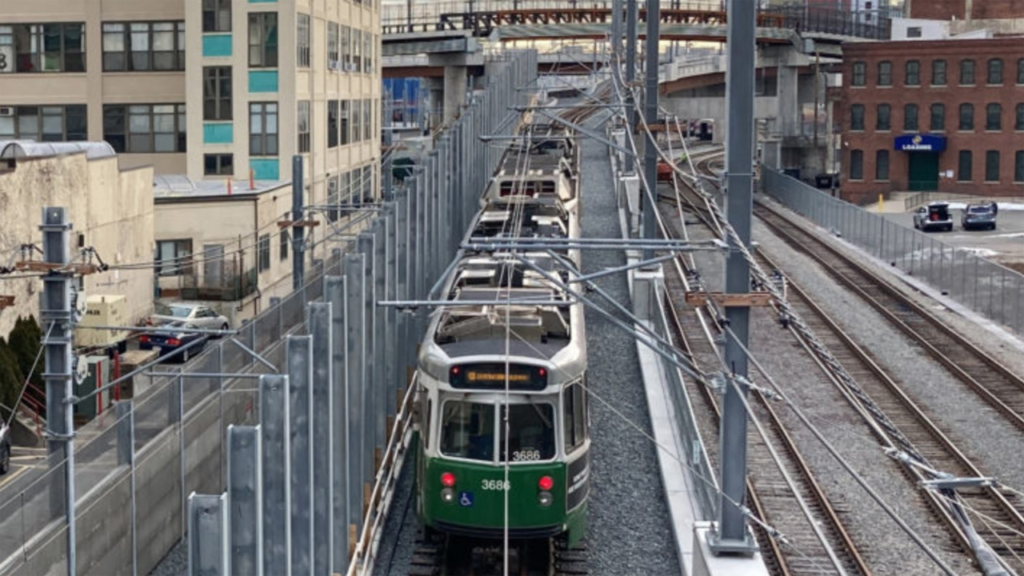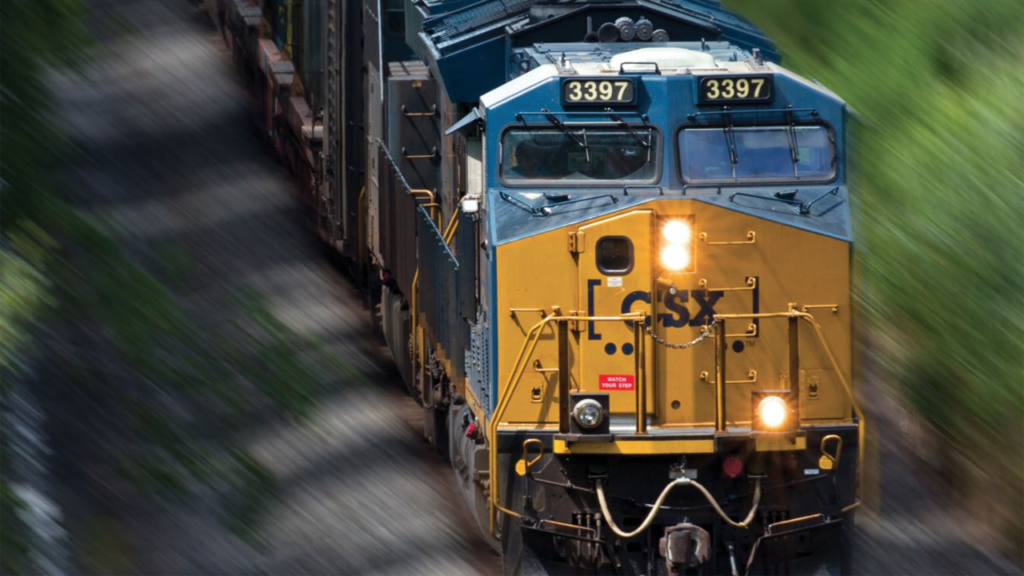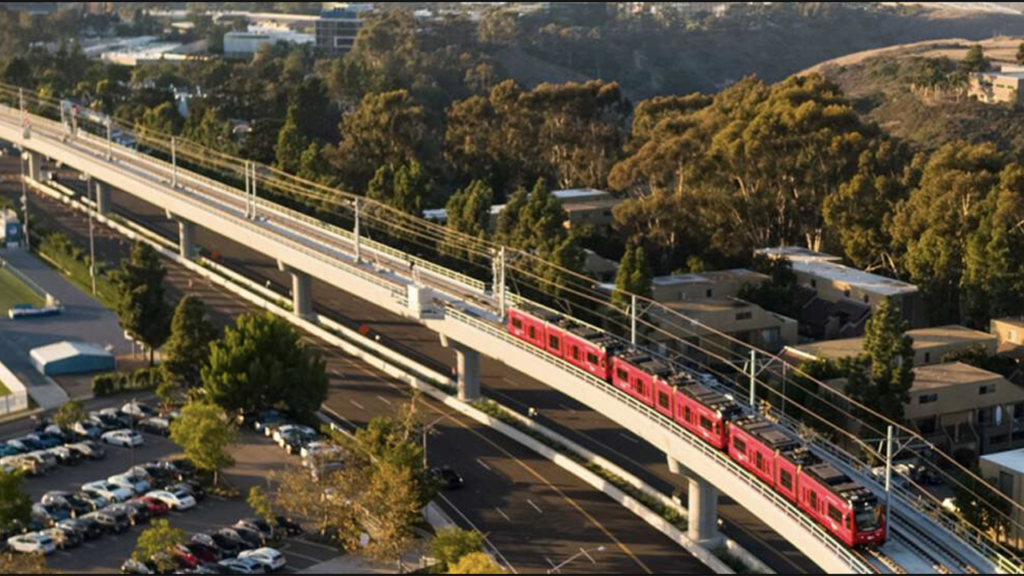
Transit Briefs: CA Public Transit, MARTA, MBTA, Metrolinx, Miami-Dade County, San Diego MTS
Written by Marybeth Luczak, Executive Editor
$5.15 billion in “bridge funding” has been proposed in the California Senate for public transit agencies over the next five years. (InvadingInvader Wikimedia Commons)
California transit officials and their state legislative supporters are seeking $5.15 billion to maintain services over the next five years. Also, the Metropolitan Atlanta Rapid Transit Authority (MARTA) celebrates College Park rail station improvements; a new study finds that flooding costs to Massachusetts Bay Transportation Authority (MBTA) could more than double by 2030, to $58 million per year; Metrolinx unveils a new website for the Greater Toronto and Hamilton Area’s GO Transit; Florida’s Miami-Dade County revives commuter rail plan; and the San Diego Metropolitan Transit System (MTS) approves a $174 million capital improvement program.
CalMatters on April 25 reported that $5.15 billion in “bridge funding” was included for California public transit agencies as part of a budget proposal unveiled in the state legislature. The California Transit Association proposal, created by 15 member agencies, is backed Sen. Scott Wiener (D-San Francisco), “who said that without the state cash [for fiscal years 2023-24 to 2027-28], BART and other big-city transit systems will have to make drastic service cuts,” according to the news outlet.
The funding would allow the industry to continue day-to-day operations without having to reduce services or increase fares.
Major elements of the budget request include:
- Additional appropriation of revenue from sales tax on diesel fuel ($1.35 billion from FYs 2023-24 to FY 2027-28).
- Additional appropriation of unallocated cap and trade revenue ($2.5 billion from FYs 2023-24 to FY 2027-28).
- Conversion of transit capital funding to transit operations funding ($300 million in FYs 2026-27, 2027-28).
- Flexibility to use transit capital funding for transit operations (up to $1 billion in FYs 2023-24, 2024-25).
According to CalMatters, the Association and Wiener’s office staff report “the budget request will only require a $213 million reduction to General Fund revenue in the next fiscal year, and pledged to address safety and cleanliness concerns and to continue work on accountability.”
The Association’s Executive Director, Michael Pimentel, said, “We recognized the importance of putting forward a request that could enjoy broad-based buy-in not only from the transit agencies, but we hope also by the legislature and the administration,” according to CalMatters.
“Wiener, meanwhile, said that the bridge funding would help transit agencies preserve services until the dust settles ‘more significantly’ from declining ridership and changing commuting patterns during COVID-19,” the newspaper reported.
In related developments, the California State Transportation Agency (CalSTA) on April 24 announced an award of more than $690 million to 28 new public transportation projects.
MARTA on April 26 held a ribbon-cutting to celebrate College Park rail station improvements, which include replacement of pavers on the plaza, pressure washing, repairs to light fixtures, sign replacement, bench enhancement, paint touch-up and landscaping.
“I’m a big believer in celebrating milestones in projects, no matter the size,” MARTA General Manager and CEO Collie Greenwood said. “These types of improvements, that can be done at a low cost and rather quickly make a big difference in the customer experience and can be accomplished as other station enhancement projects such as parking lot repaving begin.”
The work at College Park rail station (see video above) is part of MARTA’s multi-year $300 million rehabilitation program for all 38 rail stations.

Boston.com on April 25 reported that “the risk of certain parts of the MBTA system being permanently waterlogged will increase” if action isn’t taken, according to a recently published MIT study. “[E]xpected annualized losses to the MBTA system will reach $58 million per year by 2030,” say researchers, who also “estimate that expected annualized losses to the MBTA have doubled since 2008, from $9.5 million that year to $24.4 million now.”
Authors Michael V. Martello and Andrew J. Whittle note in their report, “Our results suggest that absent adaptation schemes, particularly at tunnel ingress locations, coastal flood risk will continue to accelerate, potentially resulting in permanent inundation of underground and low-lying sections of the transit system,” according to Boston.com.
The study found that “providing flood risk reduction measures at Aquarium Station [which is among the most at-risk areas of the MBTA system] and at tunnel portal locations should be the ‘top priority,’” Boston.com reported.
Loss projections “likely represent an underestimate of overall costs,” researchers say, according to the news outlet, which noted that “[m]acroeconomic factors like supply chain or labor availability could lead to more costs, not to mention the wider implications a flooded transit system would have on the livelihoods of residents.”

Metrolinx on April 25 introduced a redesigned, easy-to-navigate GO Transit website. It offers accessibility upgrades as well as new online tools, including personalized trip planning. Customers can visit gotransit.com to explore the new beta website, where they can create a profile and customize their experience. The original GO Transit site will be remain available until Metrolinx fully transitions to the new site.

The Miami Herald on April 21 reported that a commuter rail plan studied since the1980s has been revived. “One train line would run from Miami International Airport along the 836 expressway to the Doral area, replacing a stalled plan to build a rapid-transit bus line on the busy toll road,” the newspaper said. “Another train line would run from the airport to Homestead, along CSX tracks west of U.S. 1 and the existing Metrorail and South Dade busway.” According to the newspaper, CSX executives and Miami-Dade County officials are slated to meet next month to discuss the commuter rail option.
CSX eight years ago wanted to sell the corridors to the county for “hundreds of millions of dollars,” according to the Miami Herald. But the company now proposes a track fee similar to what Brightline is negotiating for a new Miami-Aventura commuter line, the newspaper learned from Kionne McGhee, a Miami-Dade commissioner representing Homestead who about six months ago met with CSX executives. McGhee said that price may not be the issue now. “It’s just going to be having the political will to finally bring rail to the south,” he told the newspaper, which noted that the fee wouldn’t cover operations or maintenance expenses.
The Miami-Dade Department of Transportation and Public Works estimated in 2020 that it would cost $1 billion to purchase and convert the CSX tracks north of 836 for commuter rail service, and $27 million to $33 million per year to operate and maintain. That’s why bus rapid transit (BRT) system was selected instead, though the $400 million project has “never advanced from the planning stage and now is being declared all but dead due to logistical issues not anticipated three years ago,” according to the newspaper.
The Miami Herald reported that Jose Gonzalez, “a senior vice president in charge of [land] deals for Brightline parent Florida East Coast Industries,” was with McGhee at the meeting with CSX and that “the company is now interested in seeing its Miami-area tracks used much more, both by freight and passenger trains. ‘They see an opportunity for their business,’ he said, ‘and they see an opportunity to grow.’”

The MTS Board of Directors on April 20 approved a $174 million capital improvement program for FY 2024 and an exclusive negotiating agreement with the San Diego Foundation to assist with redeveloping a land parcel adjacent to the 12th & Imperial Transit Center for up to 47 floors of housing.
According to MTS, bus and Trolley vehicle replacement will use up 48% of the program funding, followed by facility and construction, rail infrastructure improvements, and other major initiatives. Among the top funding allocations are:
- $22 million for new Trolley vehicles. MTS reported there are 47 Trolleys that need to be replaced by 2025; funding will be added to the $167.9 million previously funded to replace aging vehicles in the fleet.
- $10.1 million for Imperial Avenue Division overhead charging infrastructure.
- $60 million for 63 new buses including battery-electric, compressed natural gas, and propane powered buses.
- $36.8 million for the Clean Transit Advancement Campus project (future all-electric bus division).



